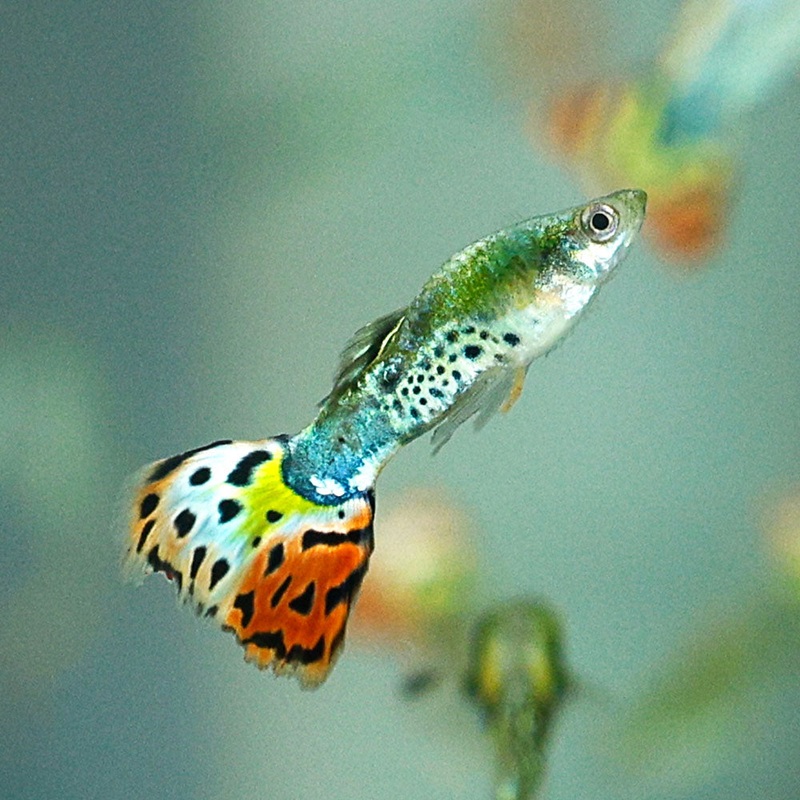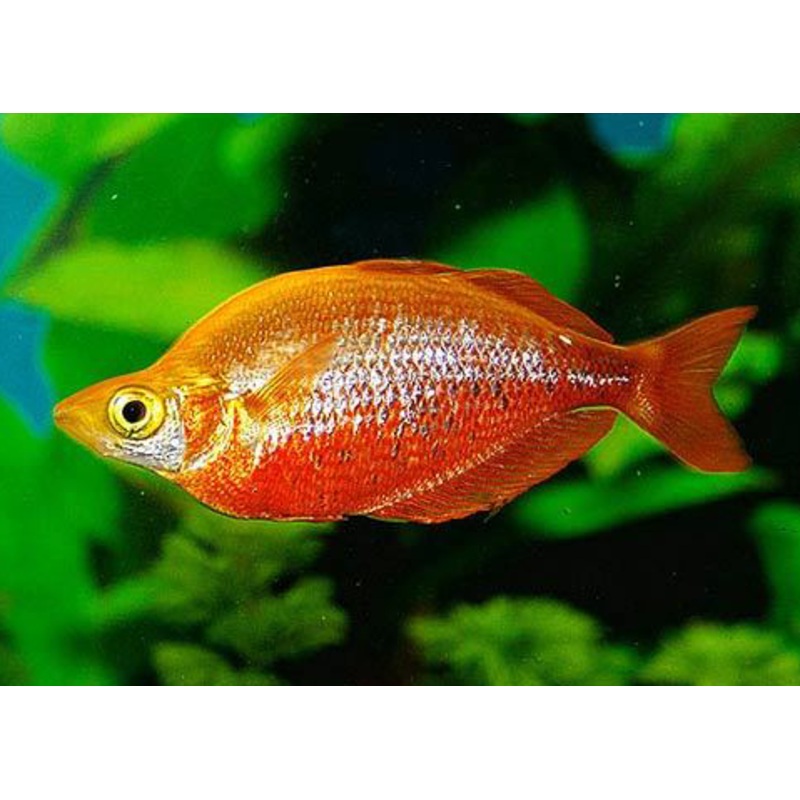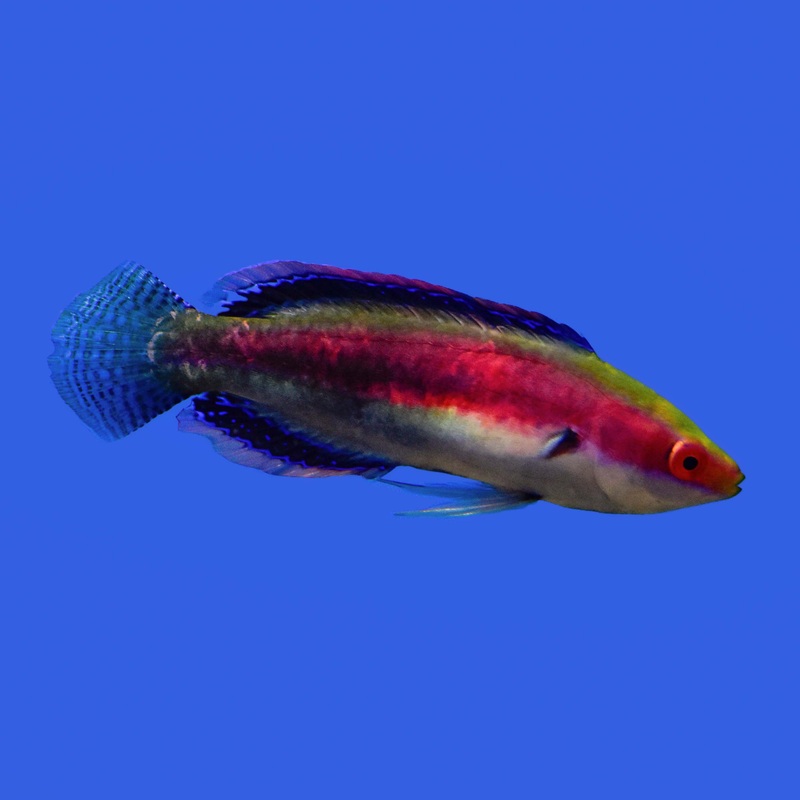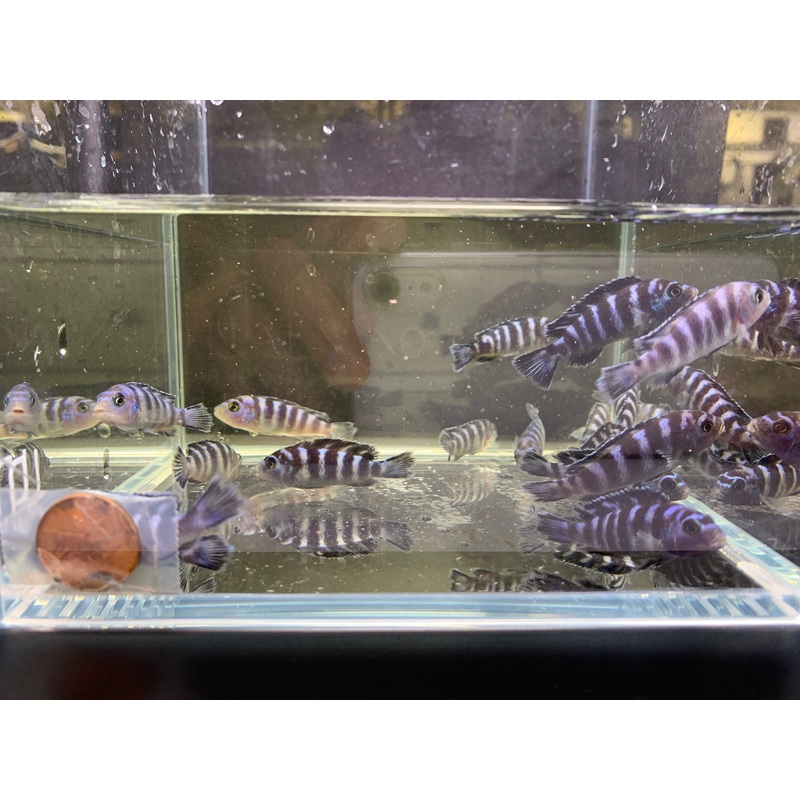Leopard Tail Guppy
The Leopard Tail Guppy is known for its stunning tail pattern, which features spots and markings that resemble the appearance of a leopards coat. This tail design gives the guppy a bold, eye-catching look. The body of the Leopard Tail Guppy is often a vibrant mix of colors, with males typically displaying bright hues that contrast beautifully with the darker, spotted tail. This guppy variety is an excellent addition to any aquarium, as its unique tail pattern and coloration add visual interest to the aquatic environment
Our Tank Parameters:
- Ph: 7.2-8.2
- Gh: 8-12
- Kh: 4-6
- TDS: 150-200
- Temp: 72-80
Please Note: All fish shipments have a 100% Live Arrival Guarantee when shipping with
Overnight (1 Day) option. All other options void our Live Arrival Guarantee for fish.
Frequently Asked Questions:
1. How big do Leopard Tail Guppies get?
Leopard Tail Guppies typically grow to about 1.5 to 2 inches in length, making them an excellent choice for small to medium-sized aquariums.
2. What tank size is best for Leopard TailGuppies?
A 5-gallon tank can accommodate a small group, but a 10-gallon or larger tank is recommended to give them ample space for swimming and thriving.
3. Are Leopard TailGuppies peaceful fish?
Yes, Leopard TailGuppies are peaceful and do well in community tanks. They get along with other small, non-aggressive species such as tetras, Corydoras, and rasboras.
4. What should I feed my Leopard TailGuppies?
These guppies are omnivorous and enjoy a varied diet. Offer high-quality flake food or micro pellets, supplemented with live or frozen foods like brine shrimp, daphnia, or bloodworms to enhance their striking colors.
5. Do Leopard TailGuppies breed easily?
Yes, Leopard TailGuppies are livebearers and breed readily in aquariums. When males and females are kept together, you may quickly find fry appearing in your tank.
6. Can I keep Leopard TailGuppies with other guppy varieties?
Yes, Leopard Tail Guppies coexist peacefully with other guppy varieties. However, if you want to maintain specific traits, consider separating them to avoid crossbreeding.






Reviews
There are no reviews yet.